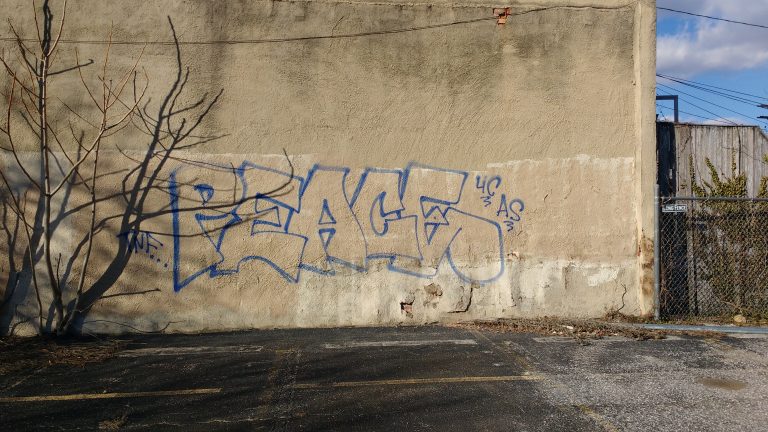By Roberto E. Alejandro, Editor-in-Chief
Around noon on Sunday, April 19, 2015, I was sitting in my living room when I heard the notification chime for my AFRO email account. I hated that sound, especially on a Sunday, and I hoped—somewhat selfishly, I suppose—that my plan for a lazy afternoon was not about to be disrupted by work.
No such luck.
The message was from the Mayor’s office, announcing a 1pm press conference to address the death of a man who had been in a coma since his arrest the previous Sunday, April 12. Up to that point, I had not paid all that much attention to this story. In the city of Anthony Anderson, Tyrone West, and George King; in the city of Officer William Torbit and Det. Joe Crystal; and in the state that responded to the 2014, videotaped beating of a man at North Ave. and Greenmount Ave. by concluding the 2015 legislative session (which ended the day after Gray was arrested and injured) without any meaningful steps in the direction of greater police accountability; a man ending up in a coma after an arrest is the kind of news item that could be met with a sort of “what else is new” shrug.
That is not to justify treating a human life pushed into a vegetative state in such a cavalier way, it is simply to note that covering issues like this in Baltimore tends to impose some macabre choices: “Oh, the police beat someone into a coma? Let me know when they kill someone.”
Of course, underlying all this, from my attitude regarding the initial story to the fact that this happened at all, is the devaluation of Black life that has been so central to the American experiment since its beginnings. And just how little we value Black life, and especially poor Black life, was evident in the make-up of the press corps present in the room that Sunday afternoon.
The number of folks who cover City Hall is not exactly gargantuan—this is a small city after all—but the ranks were particularly thin that day. Including myself, I only recall two other reporters in the room, one of them from a local television network. There might have been others, but I doubt there were more than five persons in that room to hear the City’s initial explanation as to how a young man taken into custody by the Baltimore Police a week earlier had ended up dead.
Now, in fairness, sending out a release about an hour before a press conference on a Sunday is not exactly a recipe for ensuring broad media participation. But even this, I think, itself speaks to the value placed on poor Black life in a city like Baltimore. The press is always around Monday to Friday, when the City is open for business. And this suggests, at least to me, that the operative definition of “City” which informs the media’s coverage of Baltimore is that of the incorporated body politic, particularly as represented in the offices of the Mayor and City Council. It is not the bodies that make up that politic itself, bodies which are not exclusively, but also not insignificantly, poor and Black. As a result, when the incorporation sleeps, when the Mayor or Councilpersons are not expected to be at their desks, then there is little, if anything, to cover (unless you are on the crime beat, of course, in which case you cover an extension of the state’s body politic, the Baltimore Police Department).
In the days and weeks after Freddie Gray’s death, I would meet a number of people who said the knew him and shared their memories of him with me. I want to present some of that audio here, accompanied with a second recording, that of the April 19 press conference at City Hall, in which Gray’s death was addressed by Mayor Stephanie Rawlings-Blake, Baltimore Police Commissioner Anthony Batts, and Deputy Police Commissioner Jerry Rodriguez. You may note that there are only two persons who asked any questions of our body politic. I will leave it to the reader to decide whether the man described in the first recording should have been considered of greater value than the second recording demonstrates.
In memoriam: Freddie Carlos Gray Jr., August 16, 1989 – April 19, 2015
This column was originally published by OnBckgrnd.com, on April 19, 2016.

